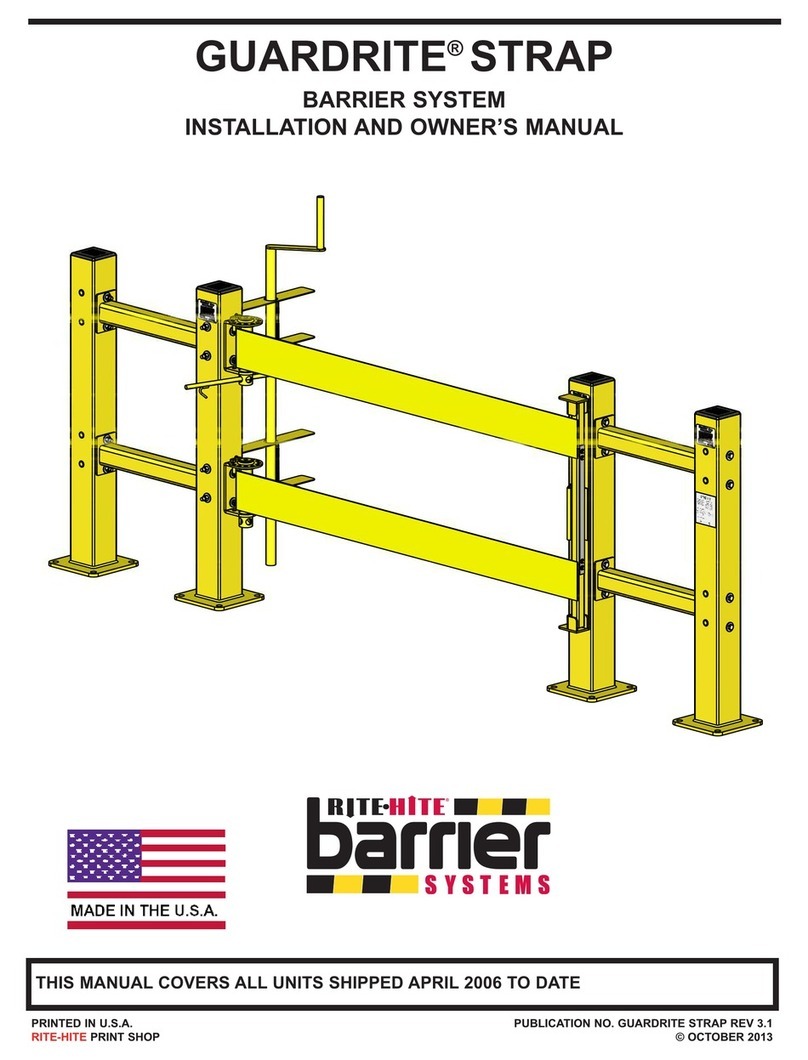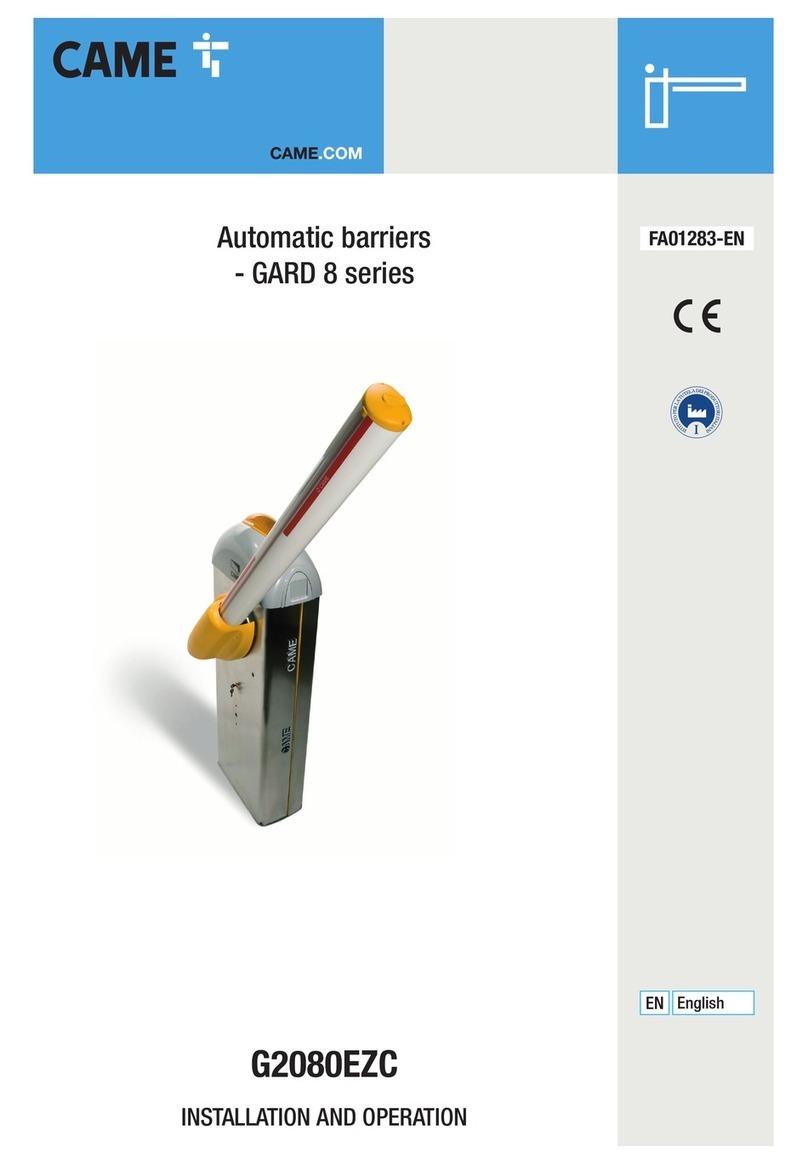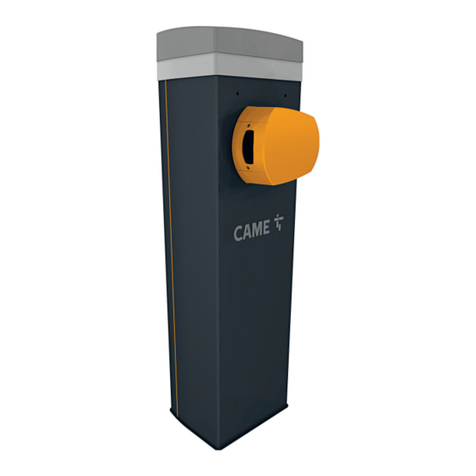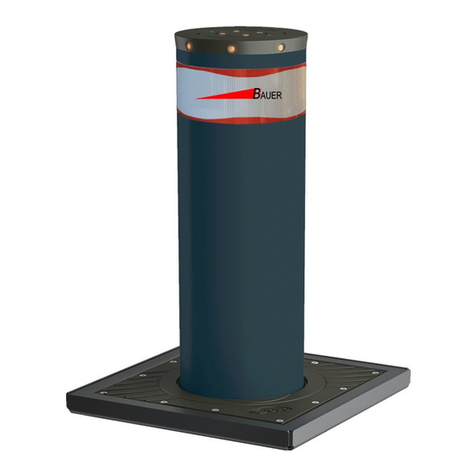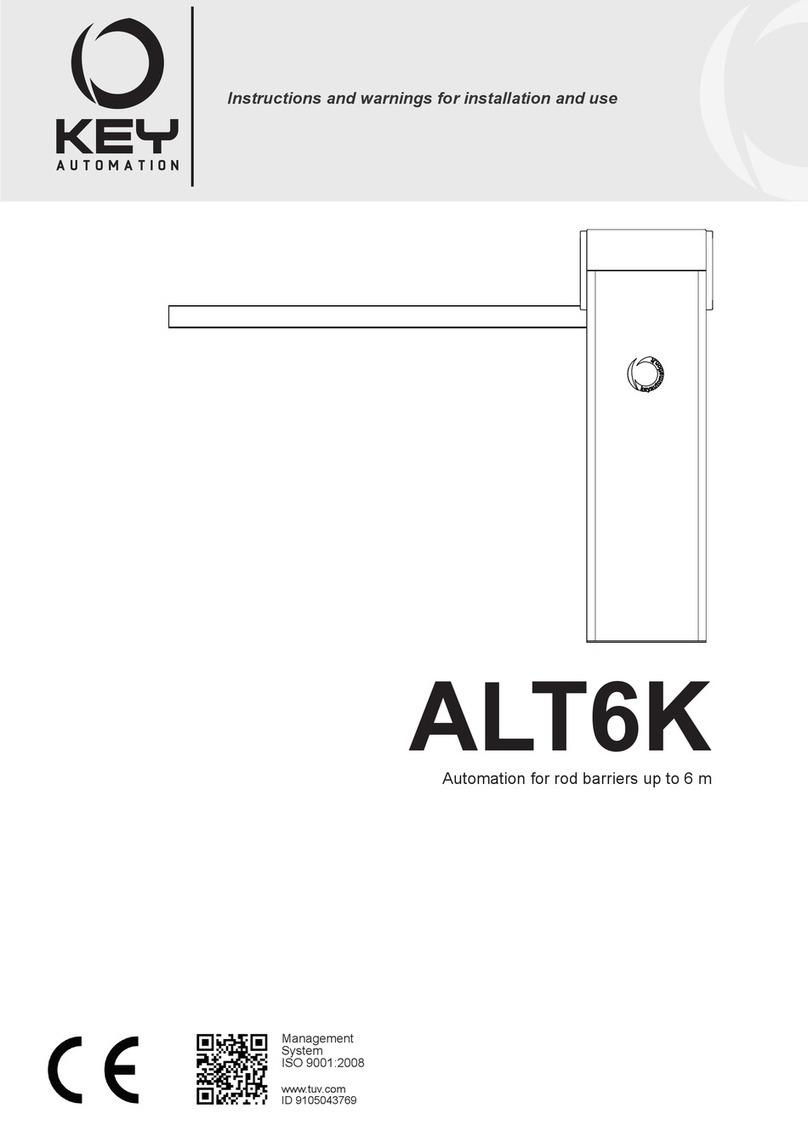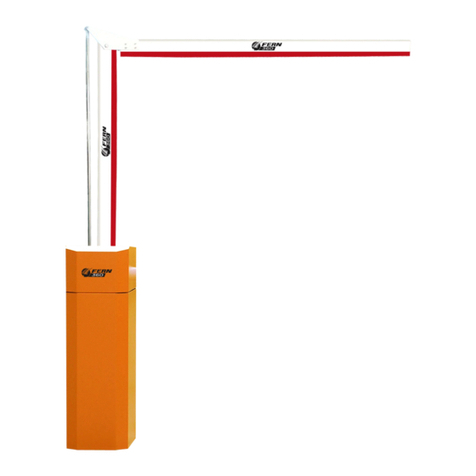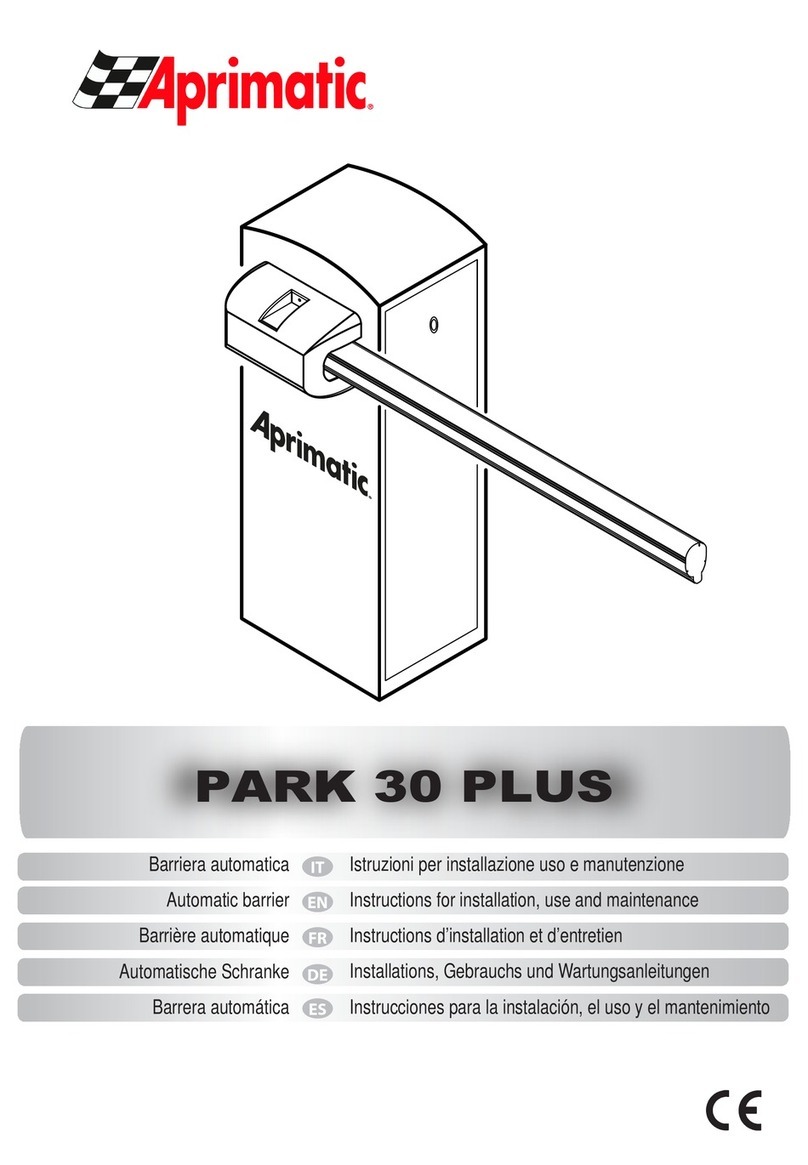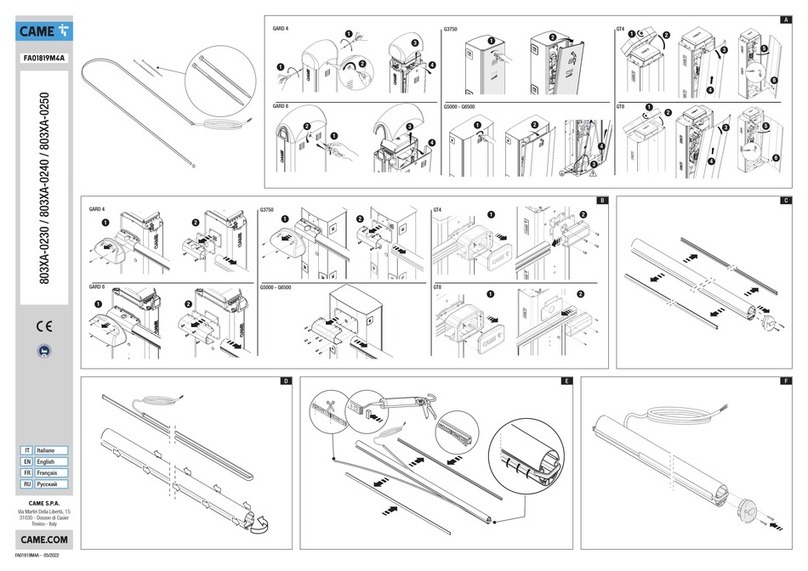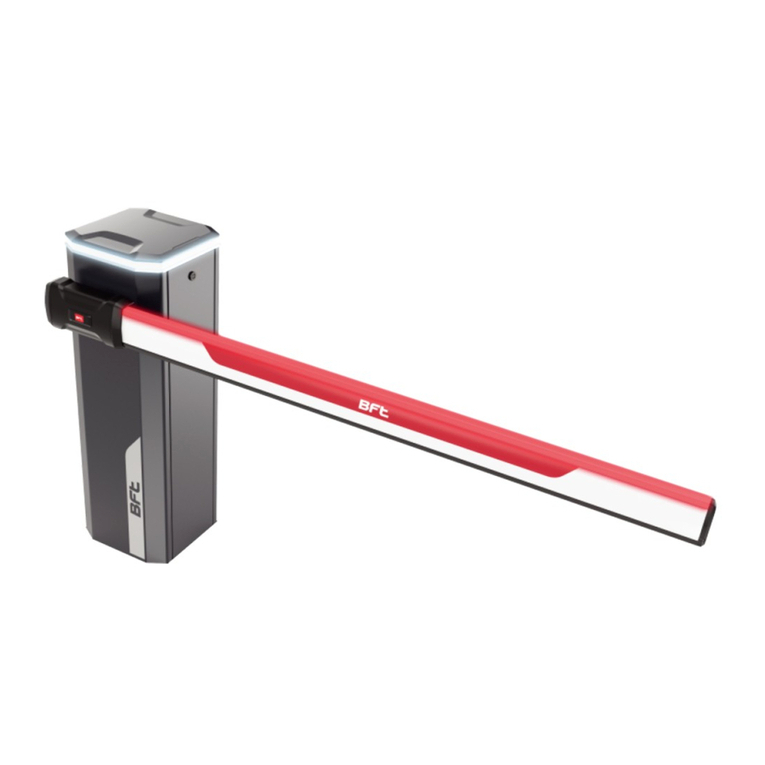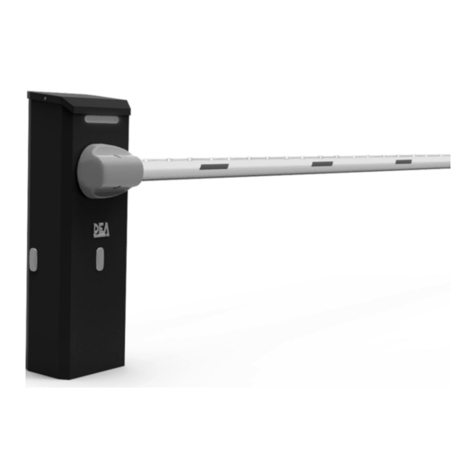PTV 33/44/55/66 Owner‘s Manual
Rev. 1.02
Table of Contents
1Manual Updates.. ........................................................................................................................5
2Safety Information ....................................................................................................................- 6 -
3Important Information...............................................................................................................- 7 -
3.1 Important Notes.............................................................................................................- 8 -
4General Information..................................................................................................................- 10 -
4.1 Before Operation...........................................................................................................- 10 -
4.2 Liftgate Function and Useage Information.....................................................................- 10 -
4.3 Improper Useage ..........................................................................................................- 11 -
5General View of Liftgate...........................................................................................................- 12 -
5.1 General Figures ............................................................................................................- 12 -
6Maximum Load and Placement of Load on Platform .............................................................- 14 -
7Operation of Liftgate.................................................................................................................- 15 -
7.1 Theory of Operation ......................................................................................................- 15 -
7.2 Operating Instructions (Standard Units).........................................................................- 15 -
7.3 Dock Loading –Lowering Platform (Standard Unit).......................................................- 20 -
7.4 Auxiliary 3-Button Hand Held Control............................................................................- 21 -
7.5 Cart Stops.....................................................................................................................- 22 -
7.6 Aluminum Retention Ramp............................................................................................- 24 -
8Preventative Maintenence and Quick Check ..........................................................................- 25 -
8.1 Quick Check List...........................................................................................................- 25 -
8.2 Maintenance and Care..................................................................................................- 26 -
8.3 Trailer to Tractor Ground Test.......................................................................................- 27 -
8.4 Lubrication ....................................................................................................................- 28 -
8.5 Checking and Changing the Oil.....................................................................................- 29 -
8.6 Decal Placement and Inspection...................................................................................- 31 -
9Troubleshooting........................................................................................................................- 34 -
9.1 Basic Function Check....................................................................................................- 34 -
9.1.1 Liftgate is competely Dead (No Clicking or Movement at all) ...........................- 34 -
9.2 Battery Wiring –Truck Kit..............................................................................................- 36 -
9.4 Battery Wiring –Trailer Kit.............................................................................................- 37 -
9.5 Electrical Schematic Overview ......................................................................................- 39 -
9.6 Control Board Codes.....................................................................................................- 40 -
9.7 Hydraulic Schematic......................................................................................................- 41 -
